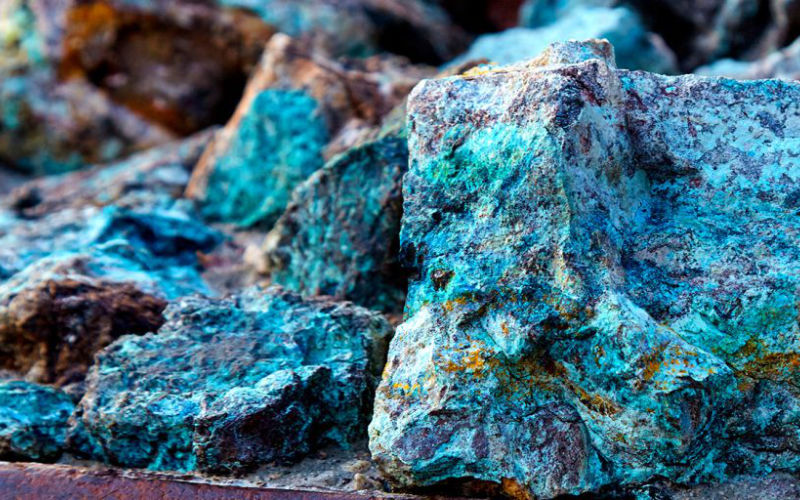Morocco Emerges as Potential Key Player in Global Strategic Metals Market

While the world is experiencing strong competition in rare earths and strategic metals, Morocco appears to be a key player.
Morocco has untapped deposits and reserves of rare earths and critical minerals currently being studied by the National Office of Hydrocarbons and Mines (ONHYM) and its partners. In addition to China and Australia, which have significant rare earth reserves, only two African countries - Morocco and South Africa - have significant deposits of zinc, lithium and cobalt, reports the American scientific magazine Daily Galaxy. These two countries could become key players in the supply of mineral raw materials for battery manufacturing or the renewable energy sector.
According to data from the United States Geological Survey (USGS), the world’s leading authority on mineral reserves, Morocco has several potential rare earth deposits, with reserves that have not yet been exploited. The unexploited nature of these critical minerals is explained by the scarcity of these resources and the complexity of their exploitation.
Morocco also has a geological diversity conducive to the formation of rare earth deposits, mainly thanks to alkaline rocks and carbonates, among other mineralizations. Significant investments in research and development must be made if Morocco aspires to exploit these rich resources. The kingdom will therefore have to forge strategic partnerships with various international technology partners.
Another challenge: the reform of the Moroccan Mining Code that will guarantee the sovereignty of the national industry. Several innovations are recorded in the upcoming reform of the Moroccan Mining Code, in order to better prepare the ground for these high value-added industries. These innovations can be summarized in three points: the creation of a mining cadastre for greater transparency and good governance in the sector, the creation of a National Commission on Strategic and Critical Minerals, and the definition of an official list of strategic minerals.
What about the projects being implemented? The presentation of the work carried out in 2024, in particular the drilling of four hydrocarbon exploration wells and the launch of several research projects on strategic and critical minerals essential for the country’s energy transition, was on the agenda of the ONHYM Board of Directors meeting held on March 26, 2025. Last year, ONHYM implemented 44 mining exploration projects covering a wide range of strategic and critical materials spread across the most promising areas of Morocco.
22 projects were carried out directly by the Office. The realization of the other 22 projects is the result of partnerships with other operators, in particular the rare earth and niobium deposit in Targhat; lithium in Bir El Mam; copper on the Merija sites in Oualad Yaacoub; silver in Alma and Amane Tazougart; cobalt in Tizi N’Ouchene; and nickel and copper in Tassent Anefgou.
For now, the exploration work has revealed three main types of deposits: carbonate deposits characterized by high concentrations of niobium, uranium and rare earths, pegmatites illustrated in the Awark deposit, where rare earths can reach up to 4.6%, and sedimentary deposits whose potential has not yet been sufficiently evaluated, but which appears promising.
Moreover, the data from the National Office of Hydrocarbons and Mines indicate that the progress made in the various exploration projects has made it possible to establish a preliminary estimate of the resources. Let’s take the Lahjira deposit, there are 372 million tons of resources, with an average grade of 0.62% in light rare earths. As for the Lamlaga project, the resources are even more important, reaching 618 million tons with 0.64% oxide and a rare earth index greater than 0.95% in certain areas. The Awark site presents grades that can reach 4.6% of rare earths in certain sections.
Related Articles
-

Air Arabia Chaos: Stranded Passengers Miss Funerals and Hospital Visits as Flight Cancellations Spark Outrage
7 September 2025
-

Morocco’s Real Estate Paradox: Soaring Prices Defy Official Data, Crushing Home Ownership Dreams
6 September 2025
-

Morocco’s Foreclosure Crisis: Social Media Auctions Mask Rising Family Evictions
6 September 2025
-

Morocco’s Construction Boom Faces Labor Crisis: World Cup Projects Strain Housing Sector
6 September 2025
-

Morocco’s Economic Boom: From Infrastructure Giant to Global Industrial Hub
5 September 2025